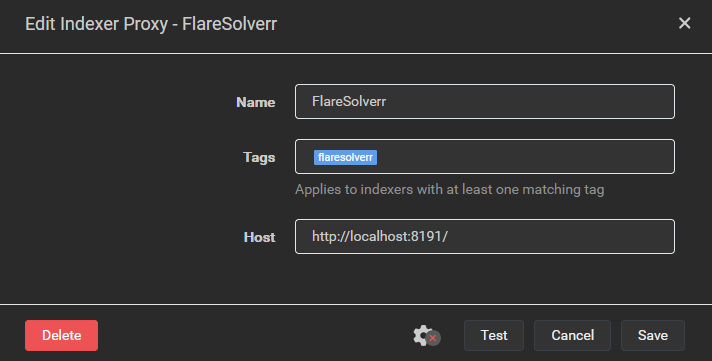

I switched to AirVPN about 6 months ago and I’ve been really happy with the service. Was previously using NordVPN, which was fine, but I was looking for a VPN provider that offered port forwarding and AirVPN does that. I don’t have hard stats on this, but I do feel that having access to port forwarding has improved my overall torrent speeds since switching.









Holy shit, I didn’t even notice the multiple abominations with electrical connections in that picture, I was mesmerized by the plumbing madness.